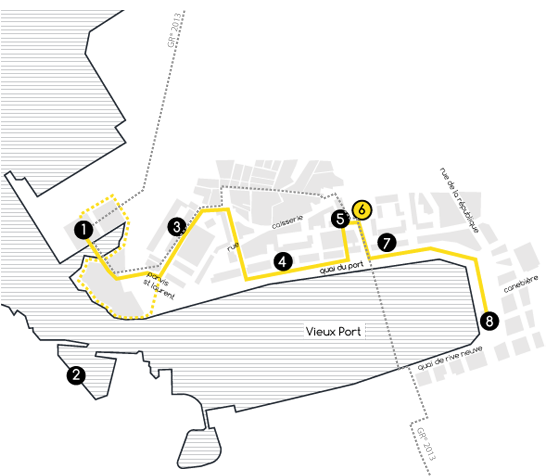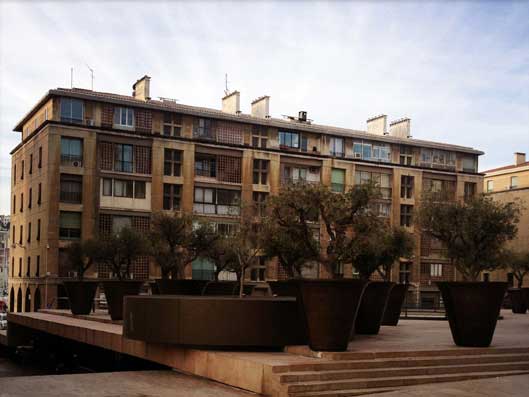From MuCem to the Old Port
Between Marseille's new architectural symbol and the Vieux-Port, follow us on a trip through 2,600 years of the city's history. Beyond the MuCEM, this walk presents a compendium of the second half of 20th-century architecture, which was marked by a period of post-war reconstruction.






